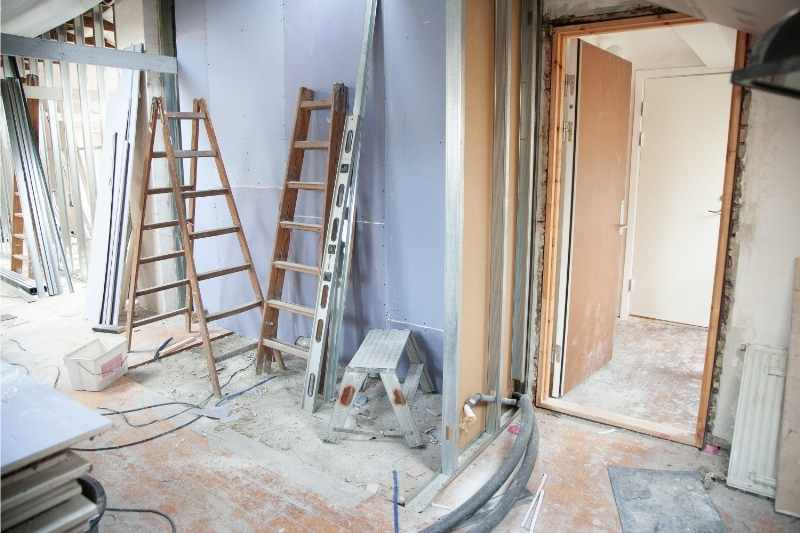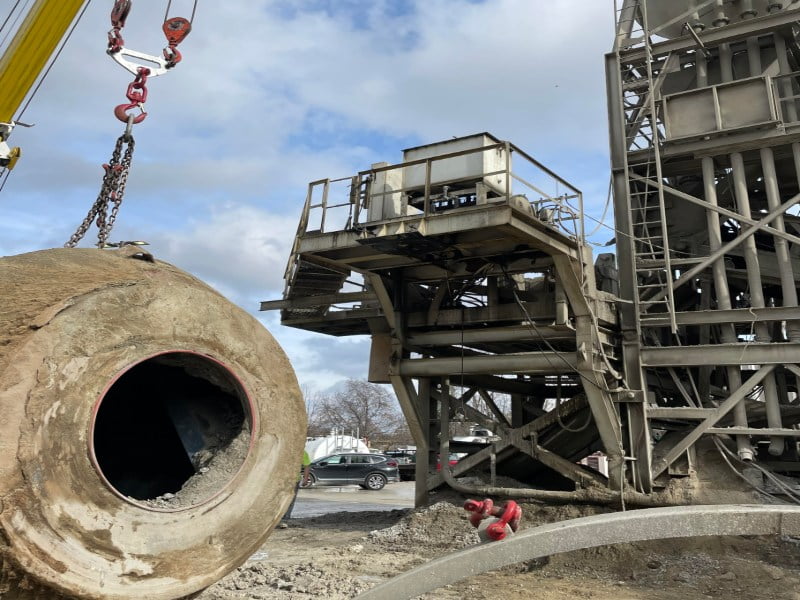
In today’s digital age, a robust online presence is crucial for businesses, especially for contractors specializing in multifamily renovation projects. A well-designed website serves as a virtual storefront, showcasing expertise, services, and credibility. Creating a multifamily renovation contractor website demands careful planning, thoughtful design, and effective implementation strategies to attract potential clients and establish a competitive edge in the industry. This comprehensive guide will walk you through the steps to build an impactful and functional website for your multifamily renovation contracting business.
Understanding Your Audience and Goals
Define your target audience: Identify property managers, building owners, or real estate developers who seek multifamily renovation services.
Establish goals: Determine what you want to achieve with your website—lead generation, showcasing past projects, increasing brand awareness, etc.
Choosing a Domain Name and Web Hosting
- Select a domain name that reflects your business and is easy to remember.
- Opt for reliable web hosting services that ensure your website’s uptime, speed, and security.
Designing the Website Structure
Plan the website architecture: Create a sitemap outlining the main pages (Home, Services, Portfolio, About Us, Contact, etc.).
Focus on user experience (UX): Ensure easy navigation, clear CTAs (calls-to-action), and responsive design for mobile devices.
Content Creation and Optimization
Craft compelling content: Write engaging, informative, and SEO-friendly copy for each page, highlighting services, expertise, and unique selling points.
Incorporate high-quality images and videos: Showcase before-and-after renovation pictures, project walkthroughs, and client testimonials.
Implement SEO best practices: Use relevant keywords, meta descriptions, and structured data to improve search engine rankings.
Integration of Contact and Lead Generation Tools
- Include contact information prominently on every page.
- Integrate lead capture forms or chatbots to engage visitors and collect potential client information.
Showcasing Portfolio and Testimonials
Display a diverse portfolio: Showcase completed multifamily renovation projects with detailed descriptions and images.
Highlight client testimonials and case studies: Build credibility by featuring satisfied clients’ experiences and successful project outcomes.
Implementing Security Measures
Secure the website: Install SSL certificates and employ security plugins to protect against cyber threats and ensure data safety for clients.
Mobile Optimization and Responsiveness
Ensure mobile responsiveness: Optimize the website layout and design for seamless viewing and functionality across various devices.
Regular Updates and Maintenance
Schedule regular updates: Keep the website content fresh, update project portfolios, and address any technical issues promptly.
Perform routine maintenance: Regularly backup data, check for broken links, and ensure plugins or software are up to date.
Conclusion
Creating a multifamily renovation contractors website requires a strategic approach that combines understanding the target audience, compelling content creation, seamless user experience, and ongoing maintenance. By following the steps outlined in this guide, you can build a powerful online presence that effectively showcases your expertise, attracts potential clients, and solidifies your position in the competitive multifamily renovation industry. Remember, a well-designed website is not just a digital asset; it’s a representation of your brand and a gateway to new business opportunities. Keep evolving and optimizing your website to stay ahead in the ever-evolving digital landscape.

